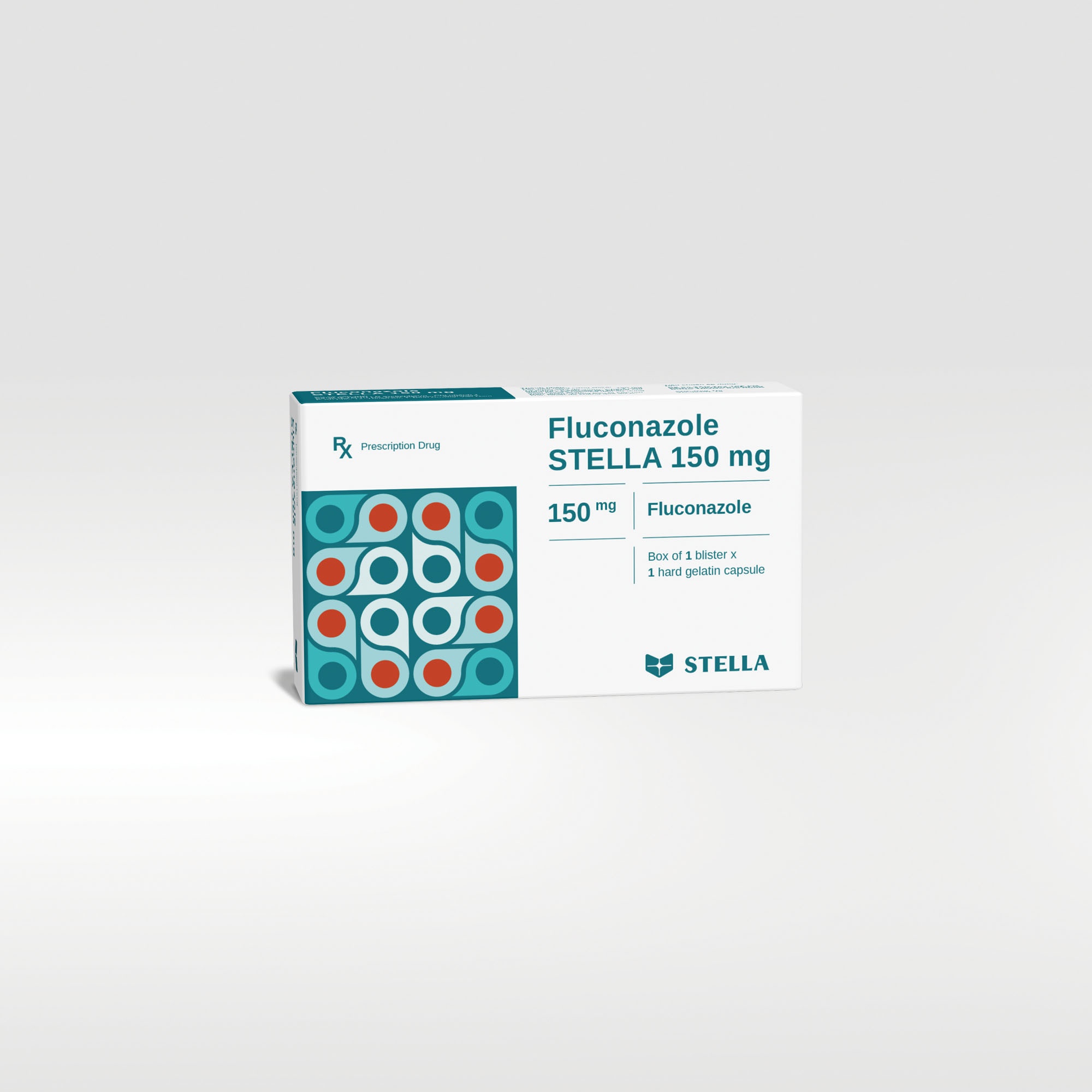Indications:
Adults:
- Treatment of: Cryptococcal meningitis; Coccidioidomycosis; mucosal candidiasis; vaginal candidiasis when local therapy is not appropriate; Candidal balanitis when local therapy is not appropriate; dermatomycosis when systemic therapy is indicated; onychomycosis when other agents are not considered appropriate.
- Prophylaxis of: relapse of cryptococcal meningitis; relapse of oropharyngeal or oesophageal candidiasis in patients infected with HIV; reduce the incidence of recurrent vaginal candidiasis (³ 4 episodes a year); candidal infections in patients with prolonged neutropenia.
Children 0 – 17 years old:
- Treatment of mucosal candidiasis (oropharyngeal, oesophageal), invasive candidiasis, cryptococcal meningitis and the prophylaxis of candidal infections in immunocompromised patients. Prevent relapse of cryptococcal meningitis.
- Therapy may be instituted before the results of the cultures are known; however, once these results become available, anti-infective therapy should be adjusted.
Dosage:
- Cryptococcosis: Treatment of cryptococcal meningitis: 400 mg on day 1, subsequent dose: 200 – 400 mg once daily, at least 6 – 8 weeks. In life threatening infections the daily dose can be increased to 800 mg. Maintenance therapy to prevent relapse of cryptococcal meningitis: 200 mg once daily.
- Coccidioidomycosis: 1 capsule for 11 – 24 months or longer depending on the patient.
- Mucosal candidiasis: Oropharyngeal candidiasis: 2 capsules on day 1, subsequent dose: 1 capsule daily for 7 – 21 days. Oesophageal candidiasis: 2 capsules on day 1, subsequent dose: 1 capsule daily for 14 – 30 days. Candiduria: 2 capsules daily for 7 – 21 days. Longer periods may be used in patients with severely compromised immune function.
- The prophylaxis of relapse of mucosal candidiasis in patients infected with HIV: 1 capsule daily.
- Genital candidiasis: Acute vaginal candidiasis, Candidal balanitis: A single oral dose 1 capsule. Treatment and prophylaxis of recurrent vaginal candidiasis (³ 4 episodes a year): 1 capsule every third day for 1 week, followed by 1 capsule once weekly maintenance dose (6 months).
- Dermatomycosis: Tinea pedis, tinea corporis, tinea cruris, dermal candida infections: 1 capsule once weekly for 2 – 4 weeks, tinea pedis may require up to 6 weeks. Tinea versicolor: 2 capsules once weekly for 1 – 3 weeks. Onychomycosis: 1 capsule once weekly until infected nail is replaced.
- Prophylaxis of candidal infections in patients with prolonged neutropenia: 2 capsules. Treatment should start several days before the anticipated onset of neutropenia and continue for 7 days after recovery from neutropenia after the neutrophil count rises above 1000 cells per mm3.
- Elderly: Dosage should be adjusted based on the renal function.
- Renal impairment: No adjustments in single dose therapy are necessary. In receiving multiple doses of fluconazole, patients with ClCr £ 50 ml/minute: An initial dose of the recommended daily dose, followed by 50% the daily dose the recommended daily dose.
Usage:
Fluconazole STELLA 150 mg is administered orally.

